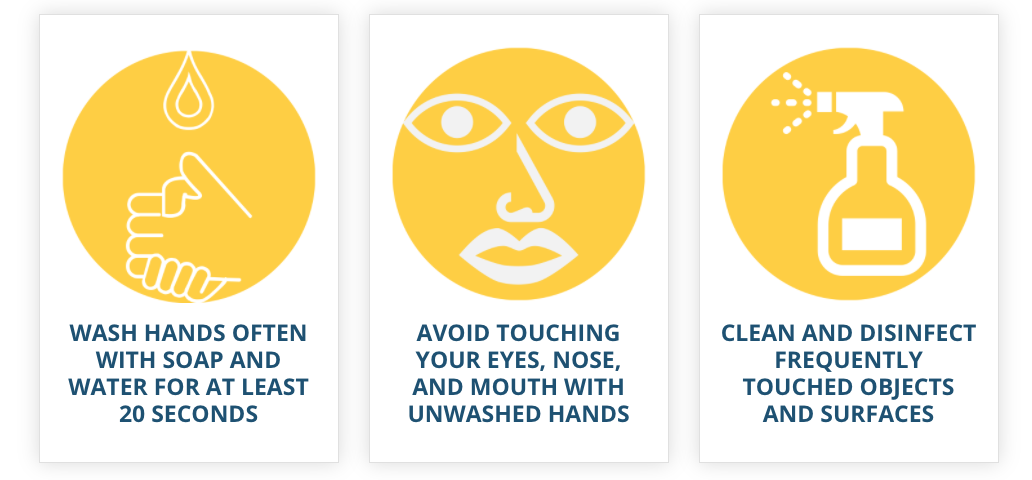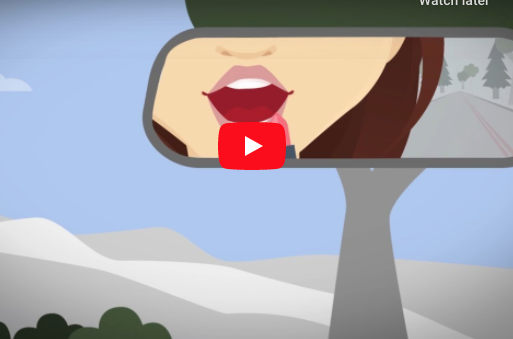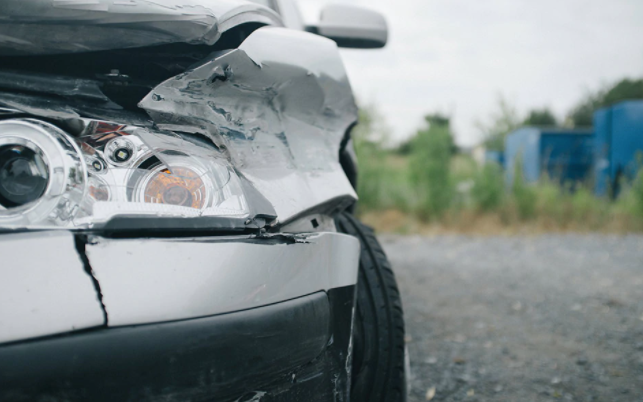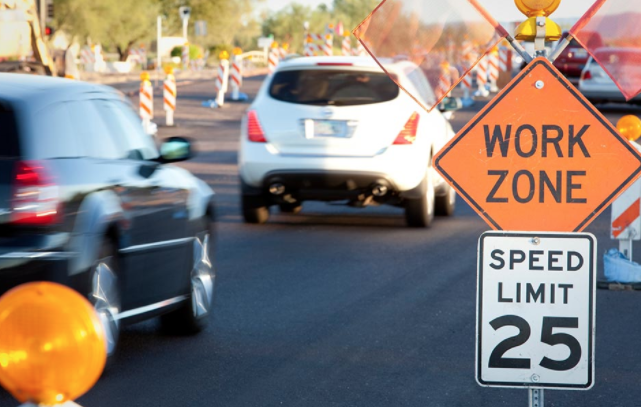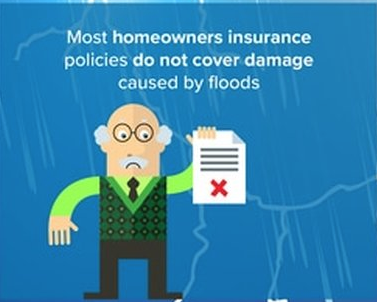A Timeline for Getting Your Teen Driver on the Road Safely

Teens eager to drive often have parents equally concerned about keeping their new drivers safe. In fact, the rate of fatal crashes per mile driven for teen drivers is 3X that of drivers over age 20.1 The reality is that novice drivers can take years to develop real-world experience behind the wheel.
Until then, parents can set expectations for safe driving behaviors, provide opportunities to practice in a safe environment and stay involved, even after their teen earns a driver’s license. Help teen drivers stay safe behind the wheel by preparing them for risks on the road with this teen driver timeline.
One Year in Advance: Set a Good Example
Starting long before your teen receives his or her driver’s license, demonstrate the kind of safe driving behaviors you will expect from your teen, including never driving while distracted by technology. It should be an easier conversation when it comes to setting expectations when your teen gets behind the wheel if those expectations reflect your own behavior.
While distracted driving is dangerous for all drivers, Dr. Charlie Klauer, who studies teen risk and injury prevention at the Virginia Tech Transportation Institute, has found that the risks are much higher for novice drivers who engage in manual-visual tasks, such as texting while driving.2
Less Than a Year in Advance: Discuss Dangerous Behaviors
Parents can help teens understand how certain behaviors behind the wheel may increase the risk of a crash. These behaviors include speeding, tailgating, drowsy driving or driving under the influence of alcohol or while distracted. Engaging in two or more of these behaviors at the same time may greatly increase the risk of crashes, according to Dr. Klauer.3 Parents should discuss the importance of safe speeds, a safe following distance and being aware of potentially dangerous conditions.
Six Months in Advance: Set Specific Expectations
Talk with your teen about his or her plans for driving. If your teen plans to drive, does he or she plan to drive every day? Does he or she plan on owning a car? Discuss the potential risks of driving, including legal and financial responsibilities, which can include insurance premiums, repair costs and fines for unsafe driving. Read more



















